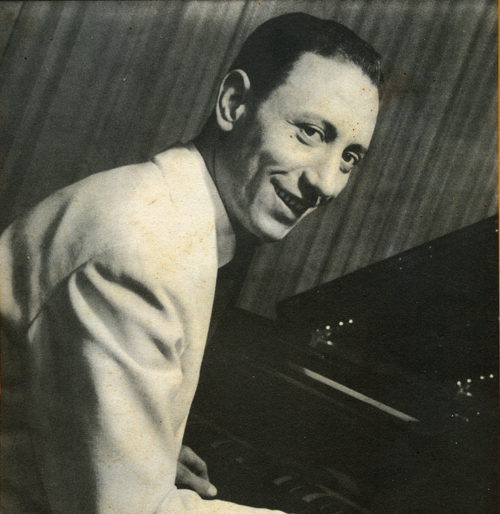


Lou Bega made a cover of the song entitled " You Wanna Be Americano".The song was created in 1957 by Freddy Balta on its humoristic EP Fredo Minablo et sa pizza musicale ( Fredo Minablo and its musical pizza). Boris Vian adapted it in French under the name "Tout fonctionne à l'italiano" ("Everything goes italiano") to parodize the then French craving for Italian things.According to the Italian newspaper la Repubblica, "Tu vuò fa l'americano" is the definitive hit single of Carosone's artistic career, as he retired from music in 1960, just four years after releasing the song. The song is generally considered to be a satire of the Americanization that occurred in the early years after World War II, when southern Italy was still a rural, traditional society. The lyrics are about an Italian who affects a contemporary American lifestyle, drinking whisky and soda, dancing to rock 'n roll, playing baseball and smoking Camel cigarettes, but who still depends on his parents for money.
It was also performed by Rosario Fiorello in the 1999 film The Talented Mr.

The song was featured in the 1960 Melville Shavelson film It Started in Naples, in which it was sung by Sophia Loren. Commissioned by Ricordi director Rapetti for a radio contest, the music was composed by Carosone in a very short time after reading Nisa's lyrics he immediately believed the song would become a great success.Ĭarosone's original version of the song was performed by him in the film Totò, Peppino e le fanatiche (directed by Mario Mattoli, 1958). Combining swing and jazz, it became one of his best-known songs. " Tu vuò fà l'americano" ( pronounced "You Want to Be American") is a Neapolitan language song by Italian singer Renato Carosone.Ĭarosone wrote the song in collaboration with Nicola "Nisa" Salerno in 1956. For instance, if an army was ‘ al verde di soldati’, it had very few soldiers left among its ranks.1956 song by Renato Carosone "Tu vuò fà l'americano" Over time, the expression ‘ al verde’ made its way out of Tuscan auction houses and became extremely popular all across the country as a way to say that someone was running low on something. The latter were officially declared finished as soon as the candle would be ‘at the green’ (‘ al verde’). In Renaissance-era Florence, wax candles whose bottom ends had been painted green were used to time public auctions. Well, much like many other Italian idioms, ‘ essere al verde’ originated from a pretty interesting ancient custom. You might actually be puzzled as to why Italians associate the colour green with being penniless seeing as, in the English-speaking world, the most popular hue for such delicate matters is red.
TU VUO FA LAMERICANO TESTO HOW TO
Now that you have a basic grasp of how to use the expression, you might be wondering where ‘ essere al verde’ came from. – Surely, the Carroccio’s finances are strained at the moment. – Di certo oggi i conti del Carroccio sono al verde. As you can see from the above examples, the expression is mostly used in informal, ordinary conversations, though it is sometimes used in published pieces of work, especially in rather humorous and/or provocative newspaper articles and comic books.


 0 kommentar(er)
0 kommentar(er)
